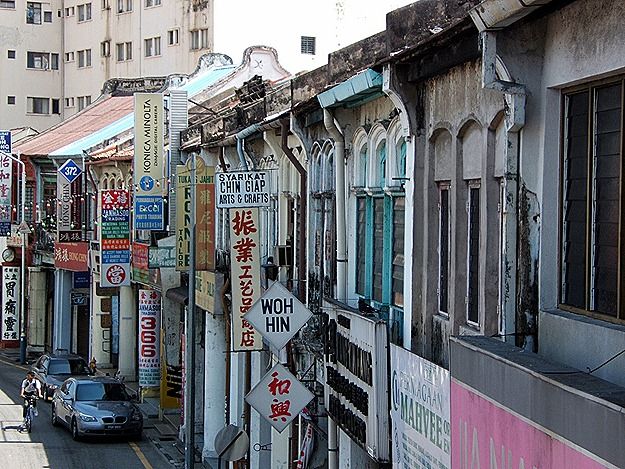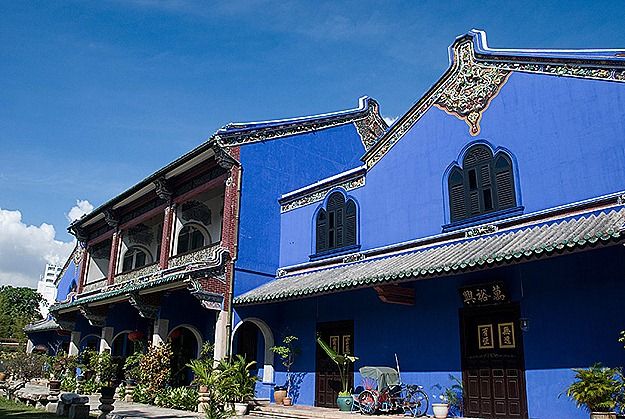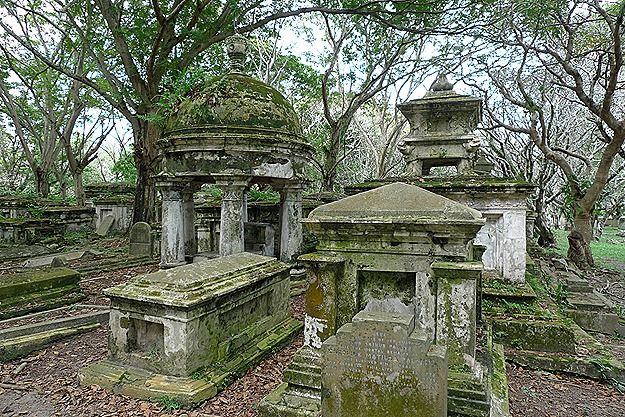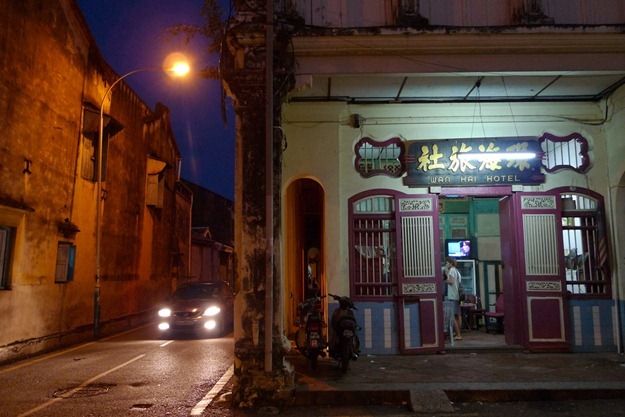
Today’s featured guest post was provided by Joe, representing insureandgo.com. It’s a fascinating insight into Penang’s capital city of Georgetown in Malaysia and the colonial influences that made the city as it can be found today. It is definitely a place that is on my to-do list. Enjoy the read!
The city of Georgetown, with its blend of beautiful old colonial manor houses and soaring modern skyscrapers, is Penang's capital and one of the Malaysian island's biggest draws.
Founded in 1786 by British trader Francis Light, it is a city with bags of personality, made up of distinctive areas such as dusty Little India and lively Chinatown – as well as thriving modern business districts. It's a great place to hang out for a few days, or to use as a base for exploring the rest of the island.
As you approach Georgetown from the water, it's the shimmering modern skyscrapers that dominate the skyline – but on closer inspection the city has an historical area that is full of character and has a much slower pace of life than the modern city.

Although nowadays many of the colonial shophouses and grand mansions have a slight air of neglect about them, it's still easy to see how magnificent many of them will have been during their heyday. A number of guesthouses and hotels have taken up residence in some of the finer mansions, and it's this area that's most popular with backpackers, making for an atmospheric stay.
There are lots of laid-back tourist cafés dotted around, and these are a great place to meet fellow backpackers or try cheap Malaysian dishes – although if you venture into less touristy areas you'll find more authentic versions of the same dishes.
Exploring the old town you'll stumble across two compact but very different areas: Little India, and Chinatown. If you take a stroll around Chinatown early in the morning you'll find a selection of Dim Sum stalls, while the shops in Little India sell vibrant saris, trinkets, handicrafts and spicy Indian delicacies.

To get a taste of the late 19th century wealth of the old part of Georgetown, visit the Cheong Fatt Tze Mansion on Leith Street, former winner of a UNESCO's Asia-Pacific Heritage Award for Conservation, where guided tours show off the building's architectural features across 38 spacious rooms and five courtyards. On the Esplanade you'll find one of the finest buildings from the heyday of the British Empire: the gleaming City Hall, built in the Edwardian Baroque style in 1903.
Georgetown is also a city of many faiths, and a wander around will lead you to a variety of places of worship including the the Dharmikara Burmese Buddhist Temple, the Kapitan Keling Mosque, the Anglican St. George's Church, and the Thai-style Wat Chaiya Mangkalaram.
To escape the heat of the city centre, take a half-hour ride up Penang Hill by funicular railway, and you'll get a superb view over the entire city.
It's also very straightforward to arrange a sightseeing trip around the rest of the island, visiting beaches, farming areas, fishing villages, batik factories, spice stores and lush jungle.

Get covered before you leave
Lots of travellers have lived to regret not buying travel insurance, because an emergency abroad can prove very costly.
There are lots of different types of travel insurance available, however, so you need to choose a policy that's appropriate for the type of trip you're planning. For example, if you take more than one or two breaks each year, consider an annual multi trip policy.
Do remember however that these usually limit the number of days you can spend abroad during any one trip. If you're off on an extended backpacking trip to Malaysia you will need to find the right kind of specialist cover.

Thanks to Joe for providing today’s post. Have you been to Georgetown? Do you have anything to share? Get involved in the comments below!
As I’ve not visited Malyasia yet, today’s photos were sourced from flickr users: P Donovan (graveyard & hotel), timparkinson (street), Gabbian (B&W Georgetown Street), xiangi (Cheong Fatt Tze Mansion)






























